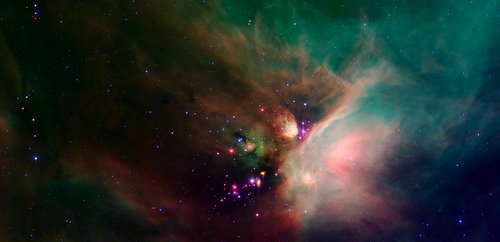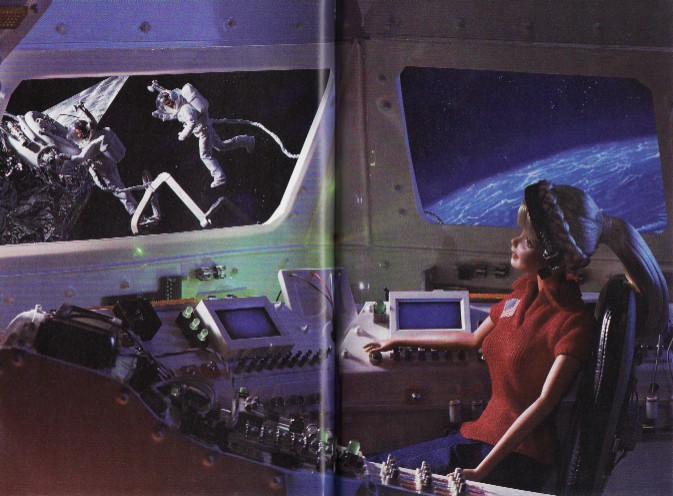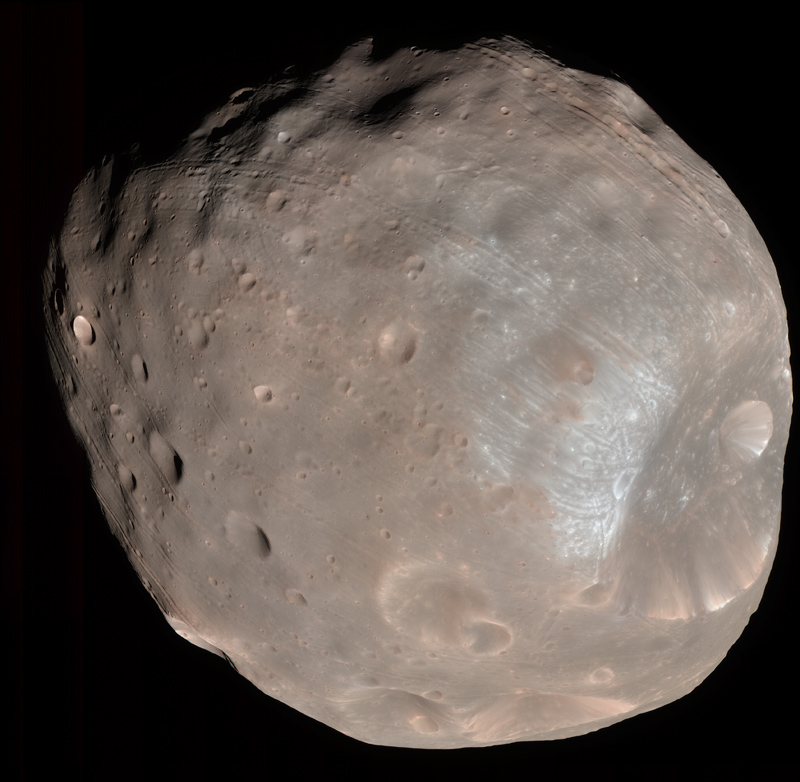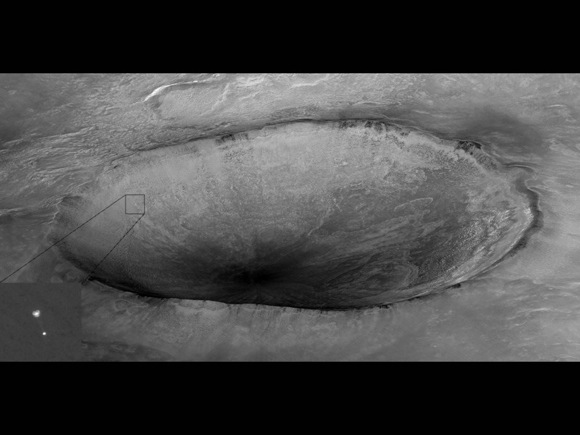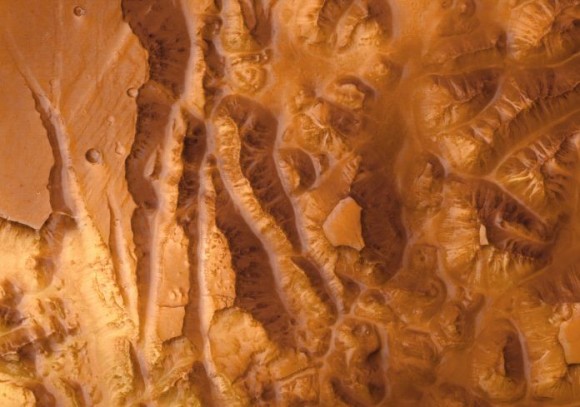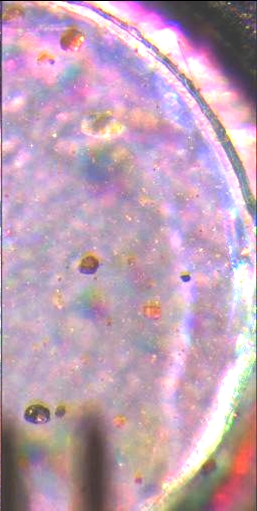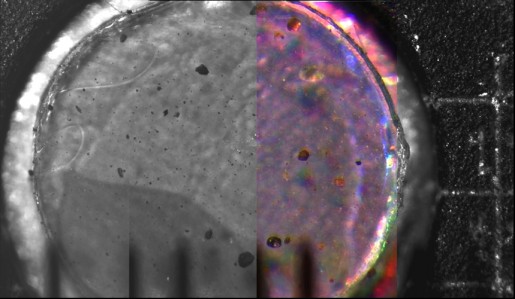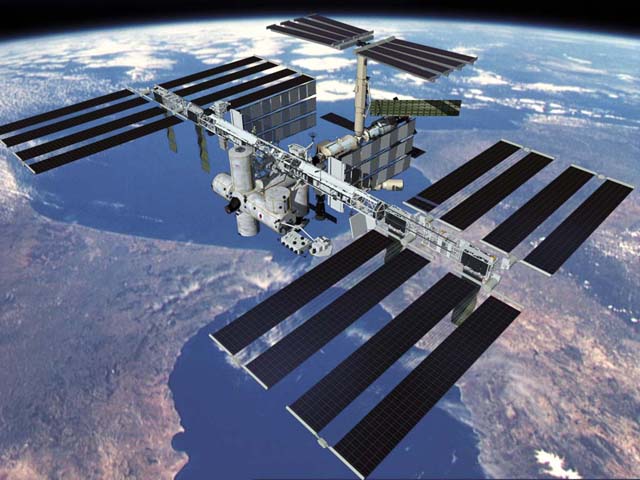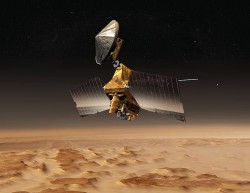How planets form is one of the major questions in astronomy. Only recently have we been able to study the disks of dust and gas surrounding other stars in an effort to understand the process of how planets coalesce and form from these “protoplanetary” materials. But this is a difficult task at best, given the observational distances. “This is a vast topic with many challenges,” said David Wilner from the Harvard-Smithsonian Center for Astronomy at his talk at the American Astronomical Society meeting this week. “But over the course of the past few decades with observations of nearby star systems, we’ve come to a basic outline of the process of solar system formation.”
There are a couple of hurdles to overcome in studying protoplanetary disks. First, the bulk of the disk mass is cold and dark, as the molecular hydrogen doesn’t radiate. These areas are probed only through a couple of minor constituents: thermal emission from dust and scattered light from the star.
Second, the amount of “stuff” astronomers are looking at is actually fairly small. Usually, the amount of protoplanetary material is about 1/100th the mass of the star, and about 1/4000th of a degree in the sky.
Through observations of many systems with several telescopes, we can see these disk systems in a variety of wavelengths in an effort to see both the star and the disk components. Wilner said there are two properties that are particularly important to know: Disk masses in general, as the luminosity is directly proportional to the mass, and second is the disk lifetime. From current knowledge, the dust disk disperses by 50% in 3 million years, and 90% by 5 million years.
As an example, Milner discussed the Rho Ophiuchi nebula, (image above), located near the constellations Scorpius and Ophiuchus, about 407 light years away from Earth.
“The Rho Oph cloud is spectacular, with beautiful dark regions that are columns of gas and dust extinguishing the background star field. This is the material that is forming stars and planets.”
Wilner said the steps in solar system formation are as follows: first the formation of a primordial proto-star disk, then the protoplanetary disk, and then debris disk within a planetary system.
But the main problems in our understanding lies in that astronomers haven’t yet actually seen all the steps in this process, and can’t prove directly that these early disks go on to form the planets. There are several clues, such as that gaps form in the dust around clumps of materials, similar to the gaps in the rings of Saturn around moons.

For the past 15 years protoplanetary disks have been studied with various interferometers at the Keck Observatory on Mauna Kea at various wavelengths from .87 microns to 7 mm. And the past five years the Spitzer Space Telescope has lent its infrared capabilities to further our knowledge to our current understanding. But soon, a new telescope in the high Chilean desert might provide the resolution needed to offer a glimpse at not only the gaps in the disks, but a new window on how materials around emerging planets may form moons. The Atacama Large Millimeter/submillimeter Array (ALMA), will operate at wavelengths of 0.3 to 9.6 millimeters.
Wilner obviously looks forward to putting observational capabilities of this array to work. Scheduled to be completed in 2012, ALMA will help fill in the “gaps” of our knowledge about planetary formation.
Source: AAS Meeting presentation, with clarification from Chris Lintott

